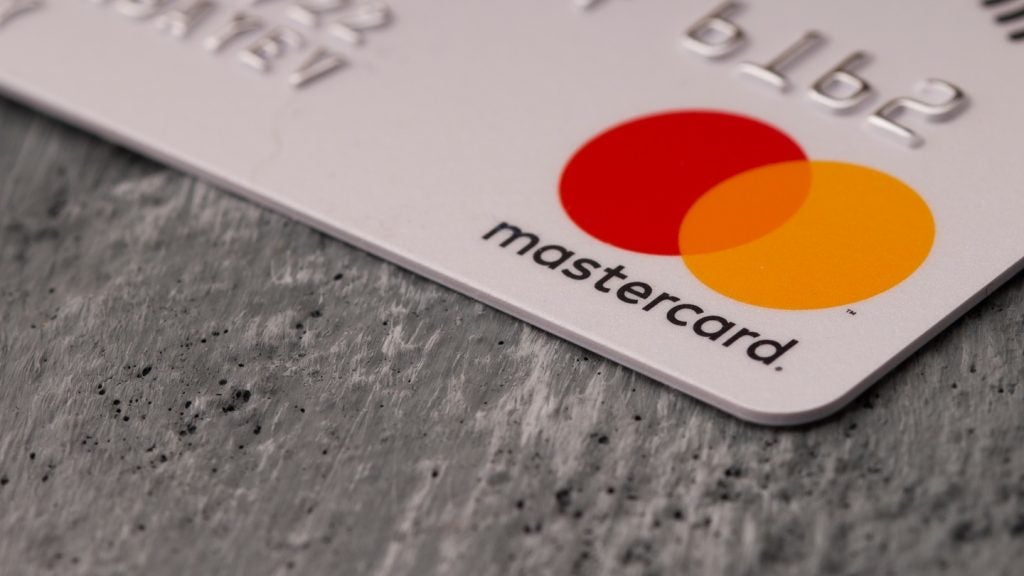Banorte lags behind Mexico’s
biggest banks Banamex and BBVA Bancomer in terms of credit card
market share. But an imminent merger with smaller Mexican bank IXE
may significantly boost Banorte’s credit card business. Robin
Arnfield reports.

Access deeper industry intelligence
Experience unmatched clarity with a single platform that combines unique data, AI, and human expertise.
 In November
In November
2010, Grupo Financiero Banorte (Banco Mercantil del Norte) had the
fourth largest share of credit card receivables in Mexico, with
MXN12.44bn ($1.04bn), representing 5.78% of the total market.
IXE Grupo Financiero had MXN2.26bn
(1.5%); while market leader BBVA Bancomer had MXN73.7bn (34.21%).
Banamex had MXN 64.08bn (29.75%), and Santander MXN25.24bn
(11.72%), Mexico’s Comisión Nacional Bancaria y de Valores
(CNBV/National Banking and Securities Commission) says.
In terms of numbers of primary
credit cardholders, Banorte came sixth in October 2010, and IXE
10th, according to Banco de México. The Mexican central bank’s
figures do not include cards in arrears (nor additional cards on an
account).
Banorte had 656,345 primary credit
cards in issue in October 2010, down from 717,021 a year earlier,
while IXE’s primary credit cards in issue rose from 79,700 to
115,920 in the same period.

US Tariffs are shifting - will you react or anticipate?
Don’t let policy changes catch you off guard. Stay proactive with real-time data and expert analysis.
By GlobalDataAccording to IDC Mexico consultant
Adolfo Becerril, Banorte closed 35,000 card accounts due to bad
debt issues in 2009.
Bancomer’s primary credit cards in
issue rose to 3.54m in October 2010 from 3.3m a year earlier, while
Banamex’s primary credit cards rose from 3.01m to 3.32m.
Santander’s primary credit cards fell from 1.85m to 1.76m.
Merger
Ixe and Banorte announced plans to
merge in November 2010, and are awaiting regulatory approval. While
Banorte’s roots are in Northern Mexico, IXE is strong in the
country’s capital city and focuses on affluent consumers and
SMEs.
The merger will create an entity –
Grupo Financiero Banorte-IXE – with 1,263 branches, 5,034 ATMs, and
63,723 point-of-sale terminals.
“Banorte also has a network of
2,744 outlets in Mexico, including 1,170 7-Eleven México
convenience stores, where its clients can deposit cash, apply for
Banorte credit cards, and pay Banorte credit card bills as well as
other bills,” says Becerril.
Les Riedl, CEO of US-based
consultancy Speer & Associates, says Banorte has a very large
distribution channel and a brand name enjoying high consumer
recognition in Mexico. Banorte’s marketing stresses the fact that
the bank is Mexican-owned, as opposed to foreign-owned banks such
as Bancomer.
“The merger with IXE has great
significance for Banorte,” Riedl says. “In 2008, JPMorgan Chase
took a minority stake in IXE, and formed a Mexican credit card
issuing joint venture with IXE.
“Due to the 2009 financial crisis,
the joint venture didn’t launch any cards, but the infrastructure
was set up for a world-class credit card operation, leveraging J.P.
Morgan’s expertise and technology.”
Riedl says Banorte plans to use
IXE’s credit card know-how and toolset in order to expand its
credit card business.
“Banorte will be able to use IXE’s
sophisticated analytics and account management platforms to hit the
ground running, to win new card accounts and get them activated,”
he says.
“This will give it an advantage
over other Mexican issuers, which will need to develop these
skills.
“The focus now needs to be on
winning new accounts, as there is still oil in the ground in the
Mexican credit card market.”
Cleaning-up
Like other Mexican banks, Banorte
expanded its credit card portfolio enormously during the years
prior to the 2009 financial crisis.
“Then the crisis happened, and
Banorte stopped its efforts to penetrate the credit card market,”
says Standard & Poor’s credit analyst Alfredo Calvo.
Over the last 15 months, Banorte,
like other Mexican issuers, had to make charge-offs in order to
clean up its credit card portfolio.
“In the last three months, Banorte
has been giving its credit card business more attention as the
cards business has started to become profitable again,” Calvo
says.
In November 2010, Banorte’s credit
card portfolio had a 30-days past due rate of 9.25%, compared to an
average for the Mexican credit card industry of 5.67%, according to
CNBV. Calvo says that in 2008 Banorte’s 30-day past due rate was
12.4%. In November 2010, IXE had a rate of 3.62%.
The credit card industry had an
average bad debt coverage ratio of 215.55 in November 2010,
compared to Banorte’s 196.77 and IXE’s 425.46, CNBV says. “The
Mexican credit card industry has good reserves for bad debts,” says
Calvo.
“During 2009, Banorte focused on
improving the quality of its credit card portfolio, reducing credit
risk through actions such as banning cash advances and tightening
credit lines,” says Banorte spokesperson José Antonio Herrera.
“In 2010, the Mexican consumer
credit market started to show signs of recovery, and we estimate
that in 2011 our credit card portfolio will grow by 10%.”
At 31 December 2010, Banorte’s
credit card loan book amounted to MXN11.16bn, down 5% year-on-year,
while its total number of credit cards in issue rose by 6%
year-on-year to 1.1m (this refers to main cardholder and secondary
cardholder on an account).
Due to promotions to encourage credit card usage such as the
offer of interest-free credit, total net credit card billings rose
by 13% year-on-year in 2010.







